As global environmental awareness continues to grow, bamboo, as a sustainable material, is becoming increasingly popular among designers and consumers due to its rapid growth, high strength, and wide range of uses. Today, we will explore the application of bamboo in product design in detail, exploring its characteristics, advantages, application examples, and future trends.
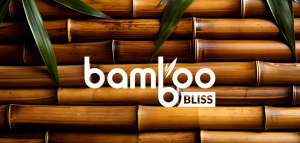
Ⅰ. Characteristics and advantages of bamboo
1. Fast growth: Bamboo grows very fast and usually matures within 3-5 years, which greatly shortens the growth cycle compared to traditional wood. Rapid growth makes bamboo a renewable resource and reduces the pressure on deforestation.
2. High strength: Bamboo has high tensile and compressive strength, even better than steel and concrete in some aspects. This high strength makes bamboo suitable for a variety of structural applications, from building materials to furniture manufacturing.
3. Environmentally friendly: Bamboo has a strong carbon absorption capacity, which helps reduce the carbon dioxide content in the atmosphere and alleviate climate change. Bamboo does not require a large amount of pesticides and fertilizers during its growth, reducing the pollution of soil and water resources.
4. Diversity: There are many types of bamboo, each with its own unique characteristics, suitable for different design needs. Bamboo has a variety of textures, colors and textures, providing designers with rich creative materials.
Ⅱ. Application of bamboo in product design
1. Building materials: Bamboo is widely used in the construction field, such as bamboo houses, bamboo bridges, bamboo sheds, etc., and is favored for its high strength, good durability and environmental protection. For example, in Indonesia and the Philippines, bamboo is used to build earthquake-resistant homes, which is both environmentally friendly and affordable.
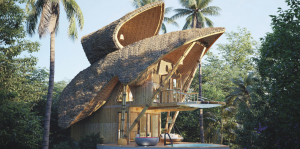
2. Furniture design: Bamboo is widely used in furniture design, such as bamboo chairs, bamboo tables, bamboo beds, etc., which are popular because of their natural beauty, durability and durability.
For example, Muji's bamboo furniture is favored by consumers for its simple design and environmentally friendly materials.
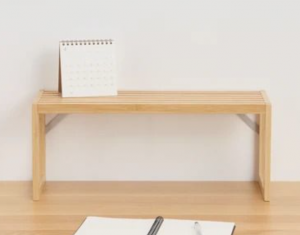
3. Household items: Bamboo is used to make various household items, such as bamboo bowls, bamboo chopsticks, bamboo cutting boards, etc., which are widely used due to their environmentally friendly, healthy and natural characteristics.
For example, the bamboo tableware produced by Bambu has won market recognition for its fashionable design and sustainability.
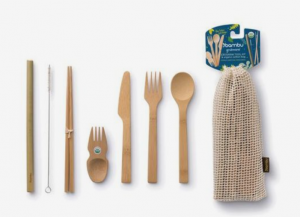
4. Fashion accessories: Bamboo is also used in the fashion field, such as bamboo watches, bamboo glasses frames and bamboo jewelry, which show the diversity and aesthetic value of bamboo.
For example, the bamboo watches of WeWood Company have attracted a large number of fashion lovers with their environmental protection concept and unique design.
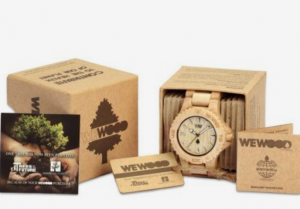
Ⅲ. Successful cases of bamboo application
1. Bamboo stool designer: CHEN KUAN CHENG
The curved bamboo stool is made of four pieces of Mengzong bamboo. Each object is bent and shaped by heating. The design inspiration comes from plants and finally the structural strength is strengthened by weaving. In a period of one and a half months, I learned various bamboo processing techniques and finally completed the curved bamboo stool and silk bamboo lamp.
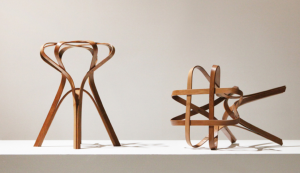
2. Bamboo Bike
Designer: Athang Samant In the dumpster, several bikes were adopted and they could have a second chance. After disassembly and disassembly, the main frame was cut into pieces, its joints were kept, and the tubes were discarded and replaced with bamboo. The bike parts and joints were sandblasted to get a special matte finish. The hand-picked bamboo was heated to remove moisture. Epoxy resin and brass clips fixed the bamboo in its position firmly and tightly.
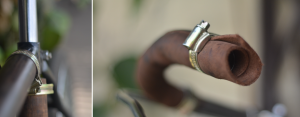
3. "The Journey" - Electric Bamboo FanDesigner: Nam Nguyen Huynh
The issue of preserving and promoting traditional values in modern society is both a concern and a creative mission for Vietnamese designers. At the same time, the spirit of green living is also given priority to cope with and minimize the problems caused by humans to the natural environment. In particular, the use of "green raw materials", the construction of a waste recycling economy, and the fight against plastic waste on land and in the ocean are considered to be practical solutions at this time. The electric fan uses bamboo, a very popular material in Vietnam, and applies the processing, machining and molding techniques of traditional bamboo and rattan craft villages. Many research projects have shown that bamboo is an environmentally friendly material that, if properly treated, can last for hundreds of years, far higher than many of today's expensive materials. Aims to learn the processing techniques of traditional bamboo and rattan craft villages in Vietnam. After steps such as boiling bamboo, treating termites, drying and drying, ... using cutting, bending, splicing, bamboo weaving, surface treatment, hot engraving (laser technology) and other molding techniques to make the product perfect.
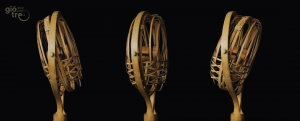
As a sustainable material, bamboo is leading the trend of green design due to its unique characteristics and wide application prospects. From building materials to furniture design, from household items to fashion accessories, the application of bamboo shows its infinite possibilities and aesthetic value.
Post time: Oct-10-2024

